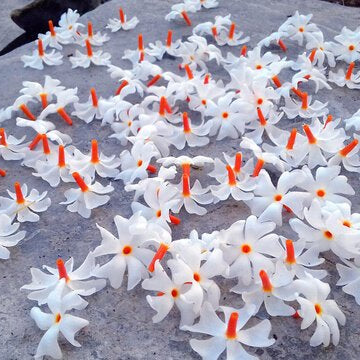
Available 24/7
Available 24/7
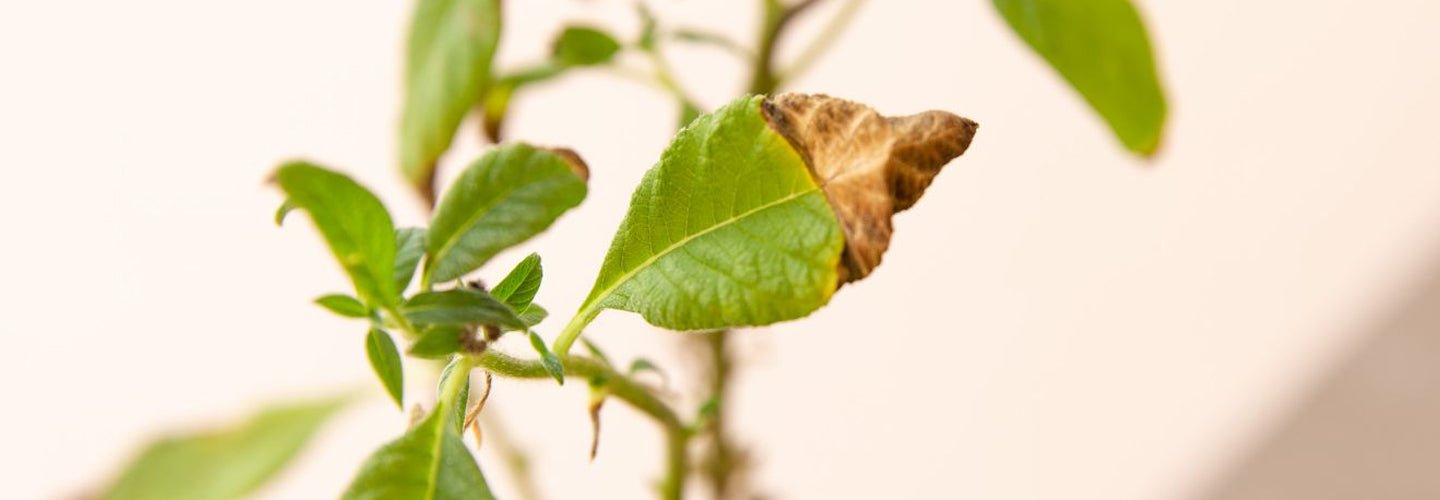
The enigmatic case of brown-tipped indoor plant leaves! It's like witnessing a miniature botanical crime scene.
But fear not, dear horticultural enthusiast, for I shall shed light on this perplexing phenomenon and guide you through the verdant maze of plant care. So, grab your magnifying glass, put on your detective hat, and let's unravel this leafy mystery!
When the tips of indoor plant leaves turn brown, it's a distress signal from your beloved green companion. Think of it as their version of Morse code, a desperate cry for help. There are a few culprits behind this botanical conundrum, so let's delve into them one by one.
Dehydration - Picture this: your plant, standing tall, leaves basking in the sunlight, but parched and gasping for water. Just like us humans, plants need a steady supply of H2O to thrive. If you've been slacking in the watering department, those brown leaf tips might be a gentle reminder to quench your plant's thirst.
It's crucial to find the right watering balance for your specific plant species. Overwatering can lead to root rot and under watering can result in crispy leaves resembling potato chips. So, be the wise plant parent and water your green darlings judiciously.
Ah, the sneaky salt mines hiding in your soil! When you water your plants, some of the dissolved salts in the water can accumulate in the soil over time. These salts act like little saboteurs, disrupting the delicate equilibrium of your plant's root system.
The accumulation of salts can hinder the plant's ability to absorb water, leading to those unsightly brown tips. To combat this salty menace, you can flush the soil with water periodically to wash away the excess salts. Just be careful not to overdo it and drown your plant in the process. Balance, my friend, is the key.
Low humidity - Some indoor plants, especially those hailing from tropical climates, crave a bit of humidity in the air. If your home resembles a desert, with dry air sucking the life out of your plants, they might retaliate with browned leaf tips.
You can play the hero by increasing the humidity around your leafy friends.
Try misting the leaves with water or placing a tray of water near the plant to create a mini-humid microclimate. Your plants will thank you for this tropical oasis in the midst of a parched Sahara.
Now, it's important to note that these are general factors that can contribute to brown leaf tips. Each plant species has its unique preferences and requirements. Some plants are more sensitive to drought, while others may be more prone to salt build-up.
So, it's crucial to do your research and understand the specific needs of your green companions. Consult plant care guides, talk to fellow plant enthusiasts, or seek advice from nursery experts to embark on a tailored plant care journey.
In your quest to revive your plant's health, also keep an eye out for other possible culprits. Pests like spider mites and aphids can wreak havoc on your plants, causing leaf damage and browning.
Ensure you inspect your plants regularly for any signs of insect infestations and take appropriate measures to eliminate these unwanted guests. A good old-fashioned insecticidal soap or a gentle wipe-down with neem oil can work wonders in keeping these pests at bay.
Another important aspect to consider is the quality of the soil. Poor drainage or soil that retains too much moisture can lead to root rot, which can manifest as brown leaf tips.
Ensure your plant is potted in well-draining soil that allows excess water to escape easily. You can also add perlite or sand to the soil mixture to improve drainage
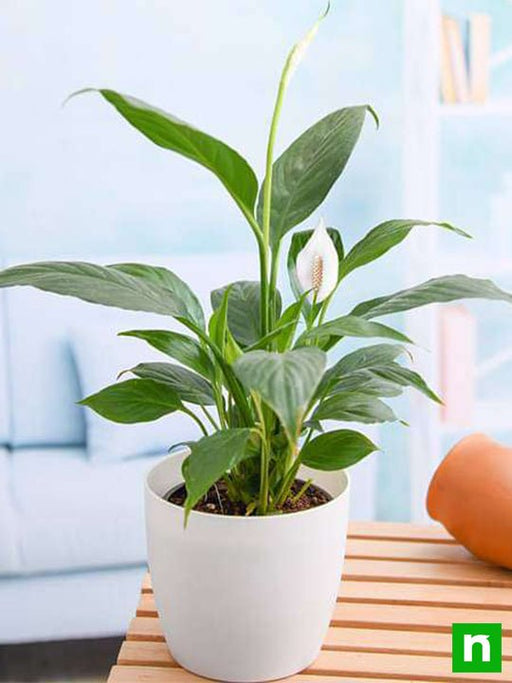
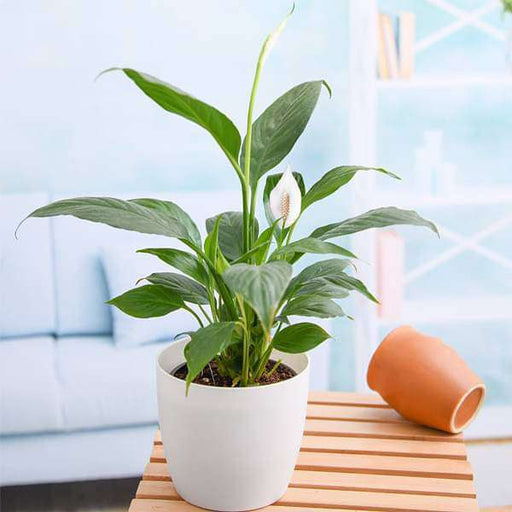 Save up to 15%
Save up to 15%
(MRP Inclusive of all taxes) Shipping ₹79 for entire order Dispatch in 7 days Country of origin: India Today's Offer Get ₹249 Air Purifier M...
View full details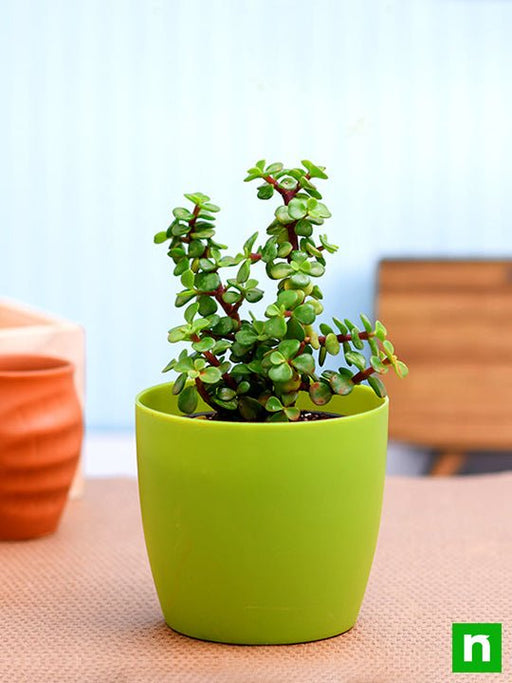
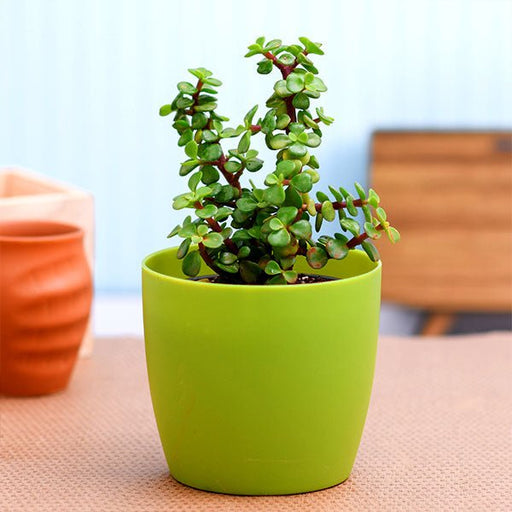 Save up to 15%
Save up to 15%
(MRP Inclusive of all taxes) Shipping ₹79 for entire order Dispatch in 7 days Country of origin: India Today's Offer Get ₹249 Air Purifier M...
View full details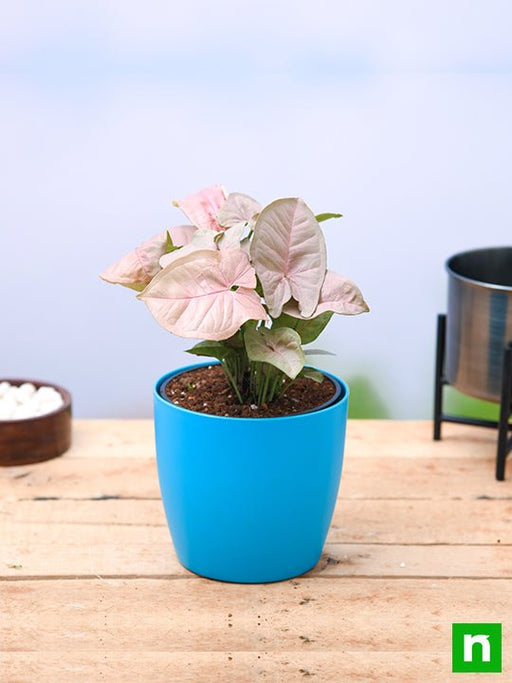
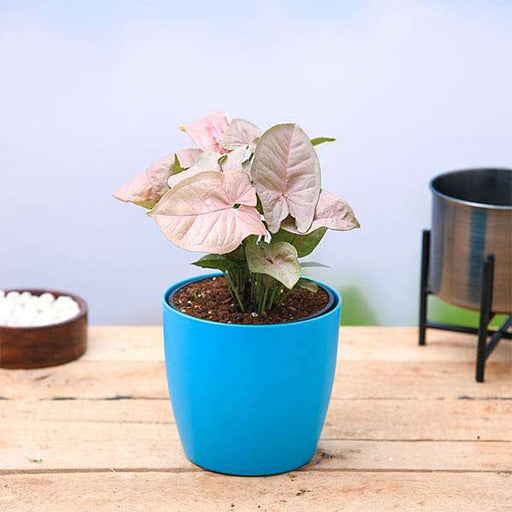 Save up to 20%
Save up to 20%
(MRP Inclusive of all taxes) Shipping ₹79 for entire order Dispatch in 7 days Country of origin: India Today's Offer Get ₹249 Air Purifier M...
View full details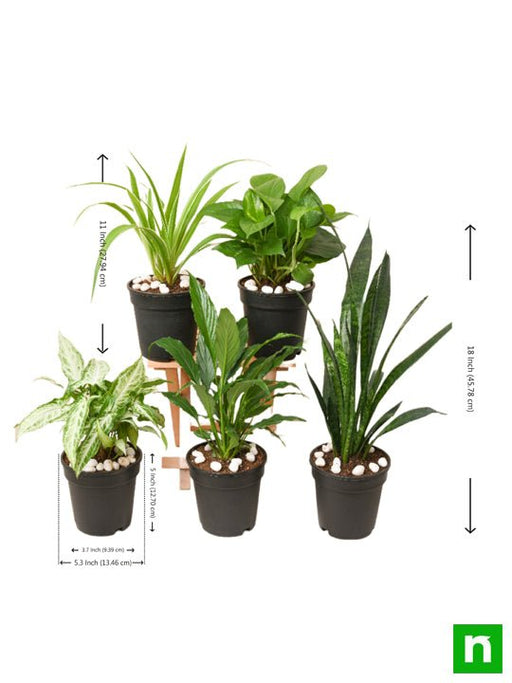
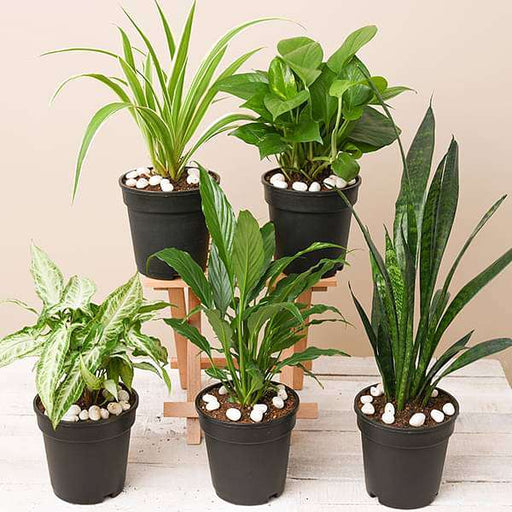 Save 21%
Save 21%
(MRP Inclusive of all taxes) Shipping ₹79 for entire order Dispatch in 7 days Country of origin: India Today's Offer Get ₹249 Air Purifier M...
View full details Save 45%
Save 45%
(MRP Inclusive of all taxes) Shipping ₹79 for entire order Dispatch in 7 days Country of origin: India Today's Offer Get ₹249 Air Purifier ...
View full details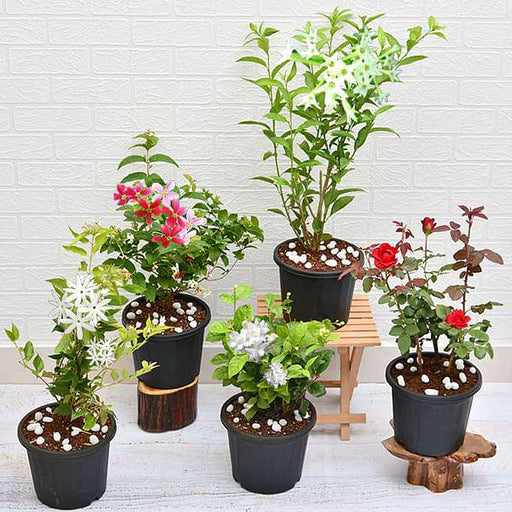 Save 12%
Save 12%
(MRP Inclusive of all taxes) Shipping ₹79 for entire order Dispatch in 7 days Country of origin: India Today's Offer Get ₹249 Air Purifier M...
View full details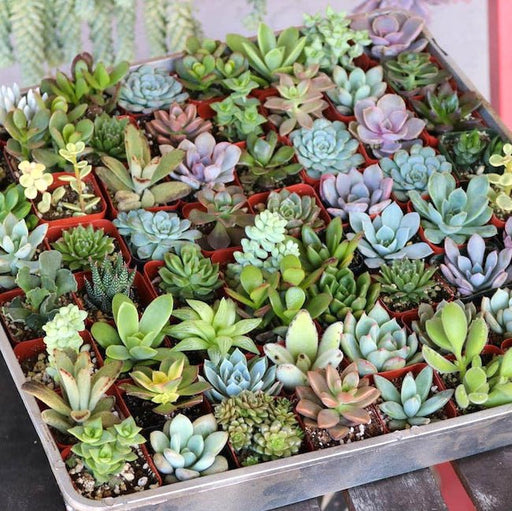
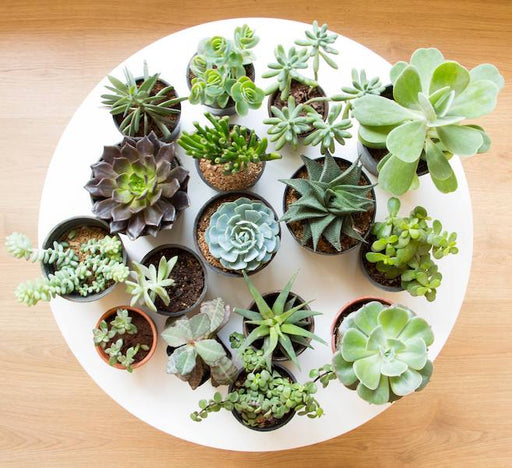 Save up to 50%
Save up to 50%
(MRP Inclusive of all taxes) Shipping ₹79 for entire order Dispatch in 7 days Country of origin: India Today's Offer Get ₹249 Air Purifier M...
View full details
 Save 21%
Save 21%
(MRP Inclusive of all taxes) Shipping ₹79 for entire order Dispatch in 7 days Country of origin: India Today's Offer Get ₹249 Air Purifier M...
View full details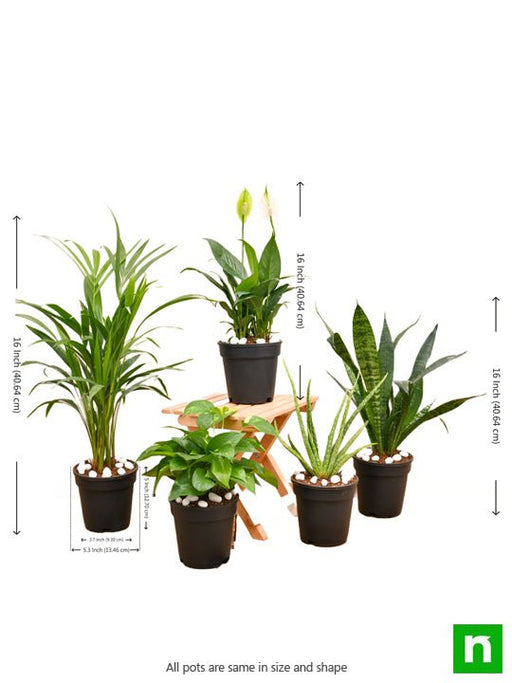
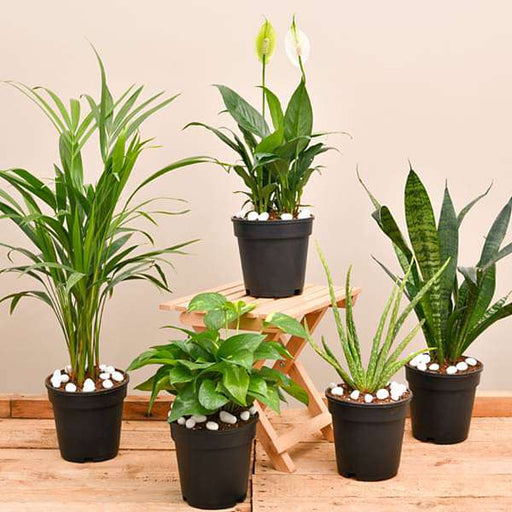 Save 20%
Save 20%
(MRP Inclusive of all taxes) Shipping ₹79 for entire order Dispatch in 7 days Country of origin: India Today's Offer Get ₹249 Air Purifier M...
View full details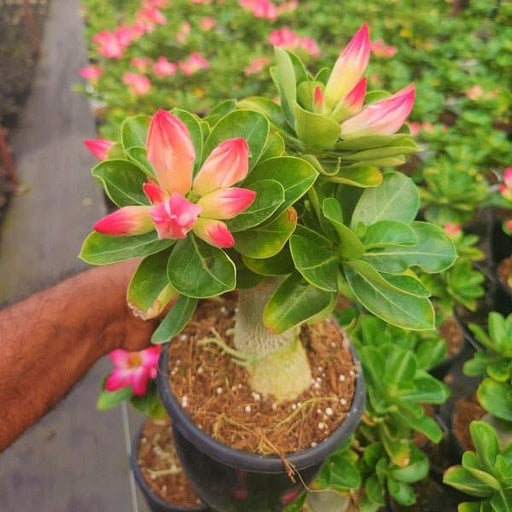
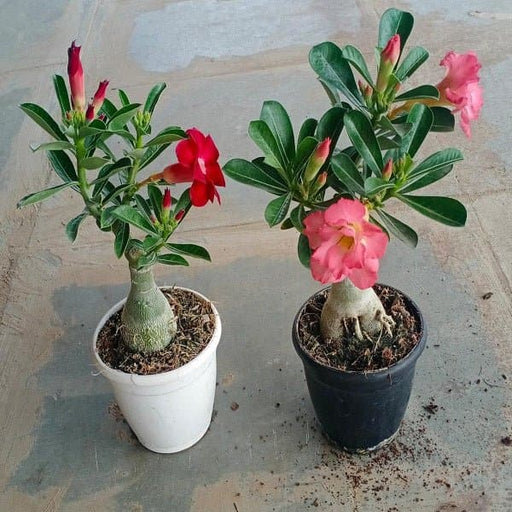 Save 40%
Save 40%
(MRP Inclusive of all taxes) Shipping ₹79 for entire order Dispatch in 7 days Country of origin: India Today's Offer Get ₹249 Air Purifier M...
View full details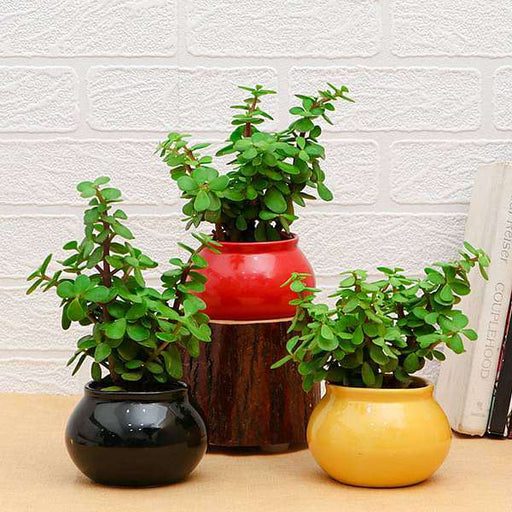 Save 22%
Save 22%
(MRP Inclusive of all taxes) Shipping ₹79 for entire order Dispatch in 7 days Country of origin: India Today's Offer Get ₹249 Air Purifier M...
View full details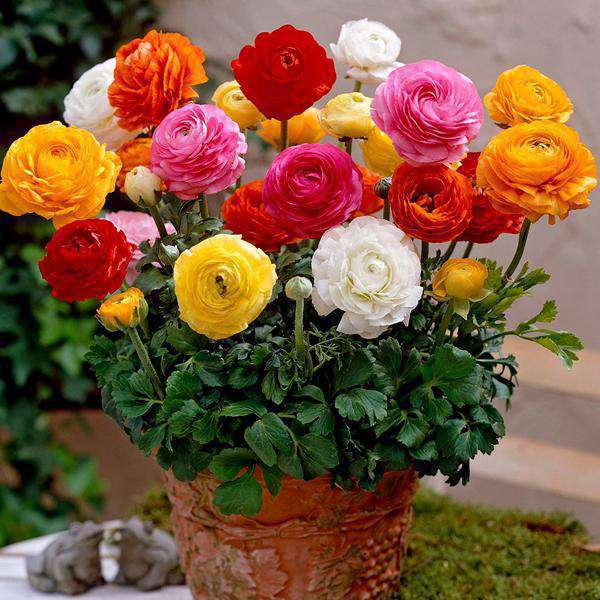

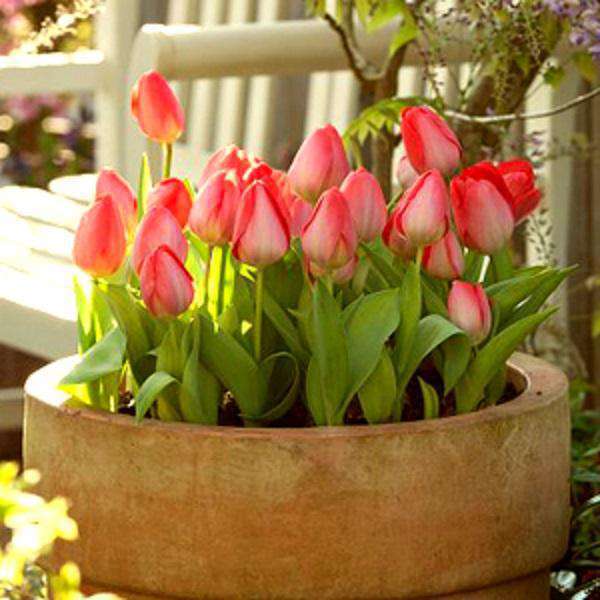
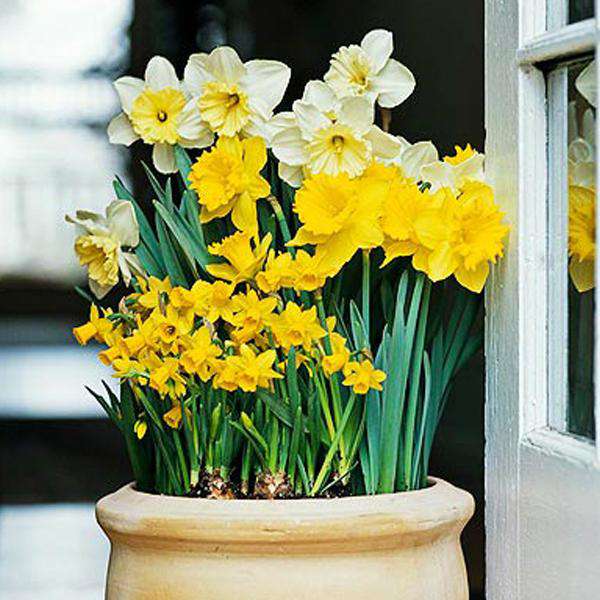
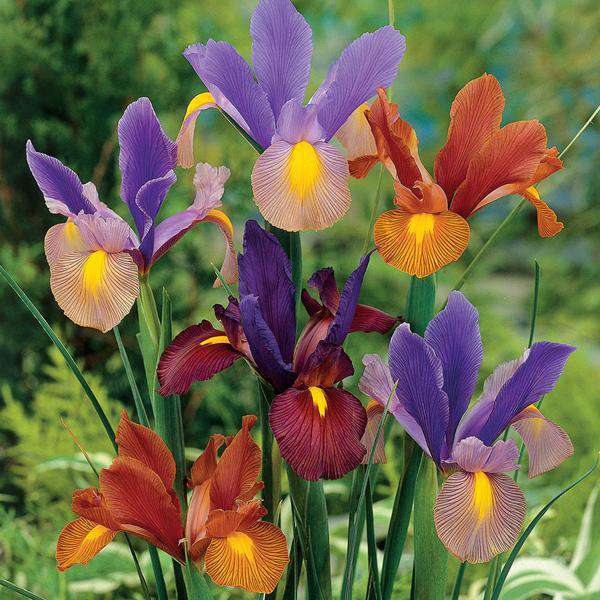
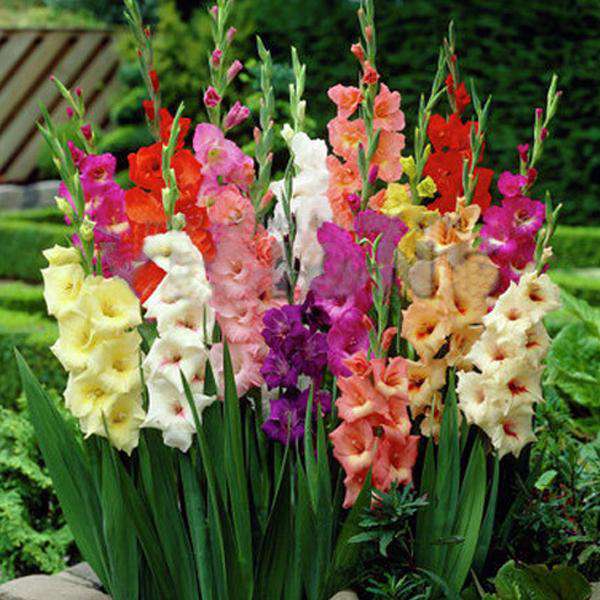
Leave a comment